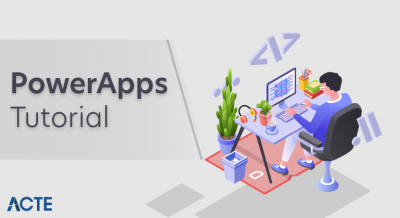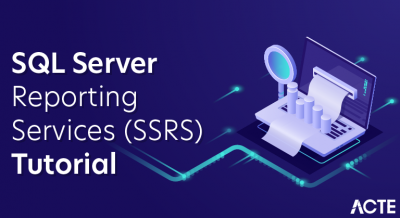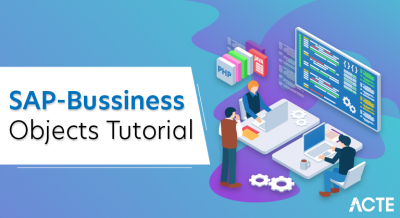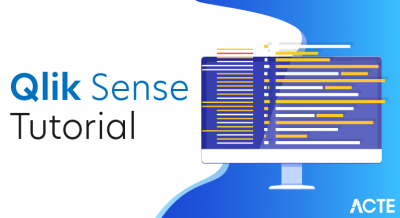
- What’s Looker?
- Features of Looker
- Looker Architecture
- What is a LookML?
- How does Looker work?
- What are looker Blocks?
- How does Looker work?
- Differences between Tableau and Looker
- Install Looker
- Looker Applications
- Looker Installation
- Looker Alternatives and Competitors
- Why is Looker generously reached to business intelligence tools?
- Looker Pricing
- Looker Certification
- Why should I buy Looker certified?
- What are the prerequisites for the Looker Certification exams?
- Conclusion
- Looker may be a cloud-based Business Intelligence (BI) tool that helps you explore, share, and visualize data that drive better business decisions. Looker is now a neighborhood of the Google Cloud Platform. It allows anyone in your business to research and finds insights into your datasets quickly. Looker makes it incredibly easy to create a knowledge exploration platform that creates your data accessible in a meaningful, intuitive way for your entire organization.
- Looker uses Data Modelling Language (DML), and it includes a predefined framework. With Looker, you’ll analyze data in a very efficient and helpful manner. you’ll easily hook up with multiple data sources, and you’ll build customized dashboards, KPI dashboards, etc., using Looker.
- Looker provides tools to power myriad data experiences, from modern BI and embedded analytics to integrating workflows and custom applications. Regardless, where your data resides, Looker allows you to access the foremost up-to-date version of your company’s data.
- Looker is often customer-hosted in AWS VPC. employing a Looker-hosted instance reduces the efforts needed for installation, configuration, and management of Looker apps and other IT functions handled by you associated with Looker apps. Note that Looker application hosting is independent of where data resides. Data always gets stored within the database and isn’t copied to the Looker instance. Further, Looker needs outbound network credentials to qualify, backup Git, email relay, and license tabs.
- HyperSQL is picked as an in-memory database for the Looker application’s internal databases by default. In busy instances, the dimensions of the database grow and result in performance issues. to beat these deployments, users got to replace the HyperSQL database with a MySQL database backend. Furthermore, users can do efficient control on Looker by deploying a cluster of Looker nodes behind a load balancer, as shown within the figure below:
- Various looker nodes are often deployed during a clustered environment behind a load balancer/proxy server. Each node communicates with the opposite via HTTPS, leveraging additional security measures. This would be the recommended approach for a production instance with a 100% uptime.
- Adding the Looker to the server.
- Composition of the start-up opportunities unrestricted in Looker.
- Configuration of SSL certification to permit security using HTTPS.
- Enclose port forwarding for the URL.
- Allow looker support to access the instance.
- Complete the found out of looker monitoring.
- Complete the setup for looker backups.
- Ensuring that each one of the required services is often accessed by Looker
- Install the rendering software.
- Validate if the looker model can adapt the looker activity Hub.
- Promote protection using assured database entry
- Database Configuration for Looker
- Establishment of Looker connectivity to the database.
- Testing the database connectivity
- Configuration of check-in options in Looker
- Some of the communities will use Looker-hosted facilities. This doesn’t require the installation of Looker because it is installed inbuilt. All the opposite steps except step 1 need to be wiped out of a Looker-hosted interface.
- You can manage account information, communications, and opportunities fast, right out of the box.
- You can control every step of your deals with controlled and customized workflows.
- You can combine data from different systems to get meaningful insights that will benefit your stakeholders.
- It helps you maximize retention and upsell, and at an equivalent time, it minimizes churning.
- You can customize powerful reports around components like Google Ads, Facebook Ads, etc.
- It helps you grasp ad spend across different mediums with a unified dashboard that’s a cross channel.
- You can make informed bid changes that are too on the spot associated with updates of active ad performances.
- You can support your teams by providing access to trusted data from Google Analytics that’s shareable.
- You can also dig more seriously in your website with the cross-property necessary research, make plans, dynamic affiliates, etc.
- Through one point of truth, you’ll sharpen visibility into sales and marketing.
- Add Looker to your server
- Looker configuration startup options
- SSL certificate configuration for correct HTTPS
- Forward port for a cleaner URL
- Enable Looker support to access your instance
- Set up Looker monitoring and backups
- Ensure that Looker can access important services
- Install rendering software
- Review whether your Looker model can have the Looker Action Hub
- Allowing secure database access
- Become an expert within the info community
- Show your potential with Looker knowledge
- Add the talents to your resume by clearing the certification exam
- Get something that you simply can boast, and other Looker perks
What’s Looker?
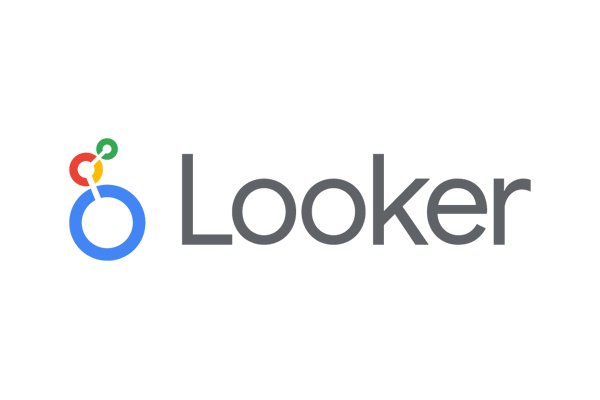
Features of Looker:
Break down barriers to insight
You can get valuable insights that you simply need by filtering to granular slices of knowledge from the dashboard with a few clicks. Furthermore, you’ll initiate data in every conversation possible with the power to seek out the solutions you would like on the fly, right from within Slack.
Increase performance and optimize costs
With Looker’s powerful features, you’ll improve performance, optimize costs, and manage enterprise-scale deployments better.
Build better data products faster
With prebuilt UI components, you’ll unlock new sorts of data experiences and speed up development workflows. At a coffee cost, Looker improves your product’s competitive advantage and boosts revenue growth.
Apart from this, we’ve many other new features.
Integrated end-to-end multi-cloud platform: you’ll perform data analysis and visualization across Google Cloud, AWS, Azure, and on-premise databases.
Common data: you’ll operate business intelligence for anyone with powerful data modeling that abstracts underlying data at any scale and creates a typical data model for the whole organization.
Embedded data experiences: Looker supports embedded analytics with rapid value to time and customization.
Augmented analytics: Augment enterprise intelligence from Looker with leading-edge device knowledge, AI, and developed analytic abilities constructed into the Google Cloud Platform.
Tailored data applications: Develop data-centric apps from supply chain logistics to sales assets across different initiatives with embedded machine learning and interactive data visualizations. We recommend you to observe this Looker Tutorial Video learn Looker easily.
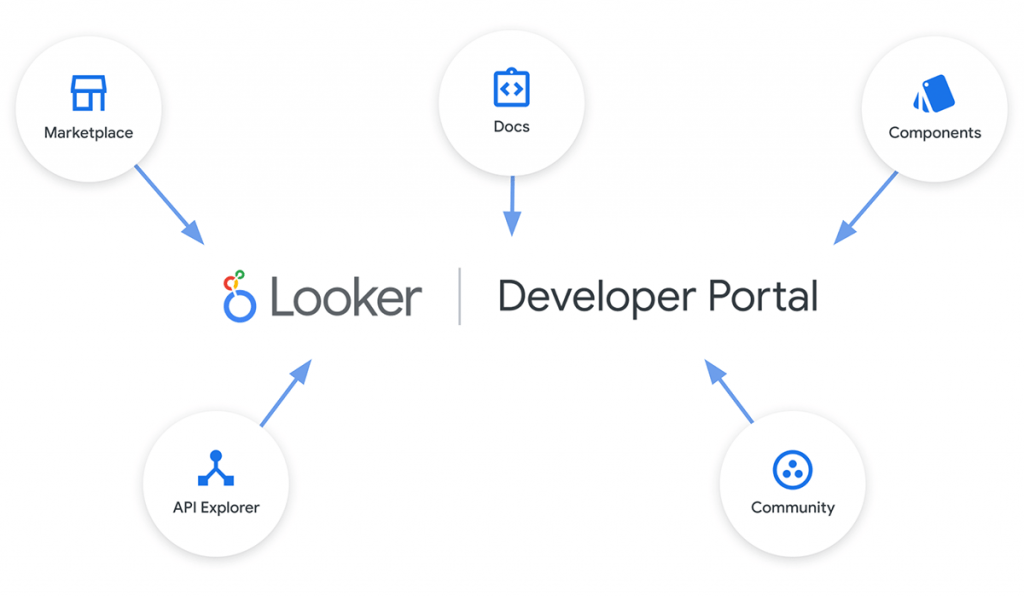
Looker Architecture:
The architecture design of Looker consists of a Linux server that has the subsequent connections:
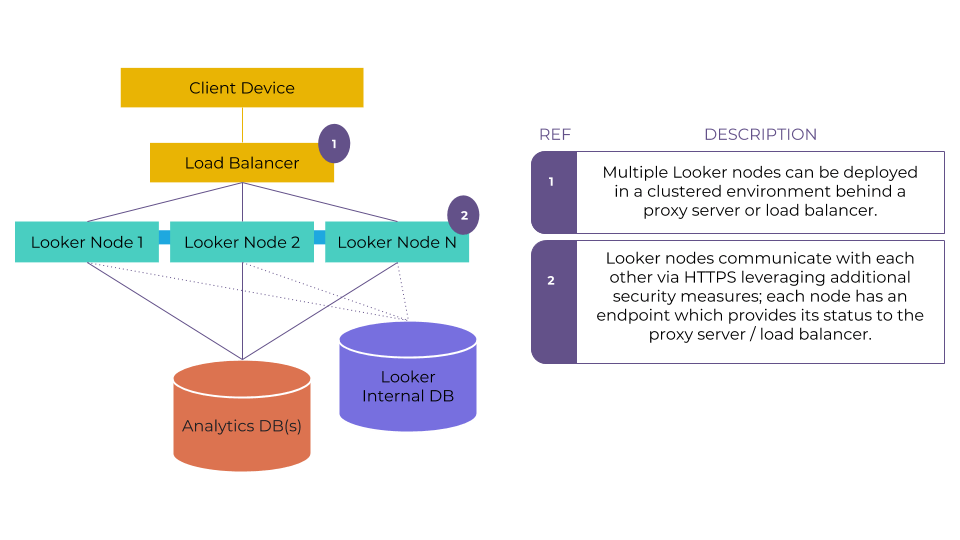
What is a LookML?
LookML may be a language wont to describe dimensions, calculations, aggregates, and data relationships during a SQL database. Looker practices a model in LookML for SQL queries construction against a selected database.
How does Looker work?
Looker may be a tool that makes SQL queries and passes them against a database connection. It produces SQL queries supported by the LookML project, which describes the connection between columns and tables during a database. The following steps explain the working of a Looker:
Viewing the Query
You can use the SQL tab within the data section to understand what Looker sends to the info base to urge the data. you’ll even use links at rock bottom to look at your query in SQL Runner.
The canonical sort of a Looker Query
The LookML project defines all the sizes, explores, measures, and views referenced within the formula above.
Running raw SQL in Looker’s SQL Runner
Looker contains a SQL runner feature that runs SQL against database connections you’ve found out in Looker. Raw SQL queries executed in SQL Runner produce an equivalent result set. SQL runner will highlight the error within the SQL command and therefore the error position within the error message if SQL includes any errors.
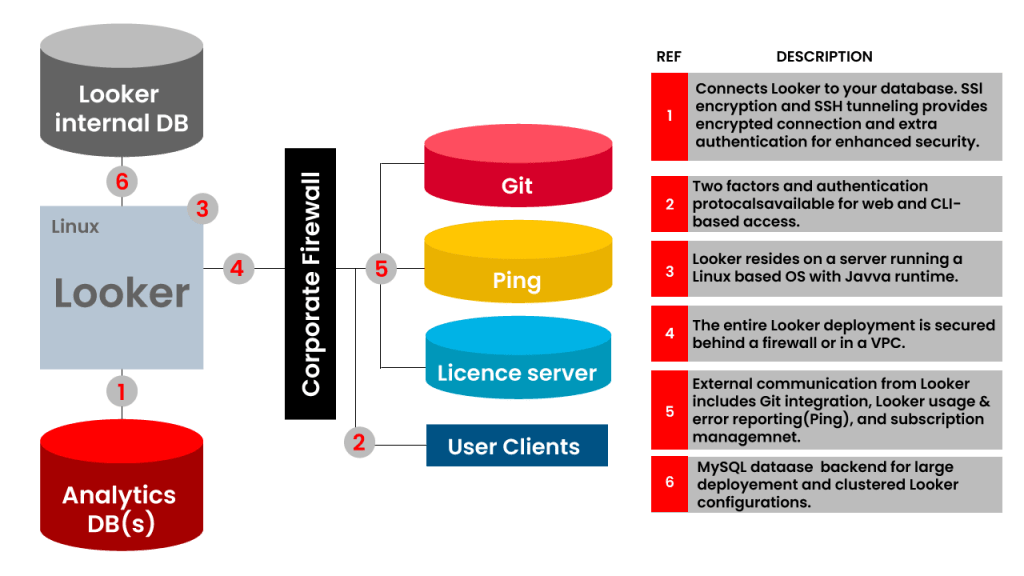
What are looker Blocks?
Looker Blocks are the prebuilt data models wont to accelerate your data sources and analytics patterns. Looker Blocks are an entry point for quick and versatile analytics, right from SQL patterns to completely built-out data models. There are various Looker Blocks available, and a couple of of them are as follows:
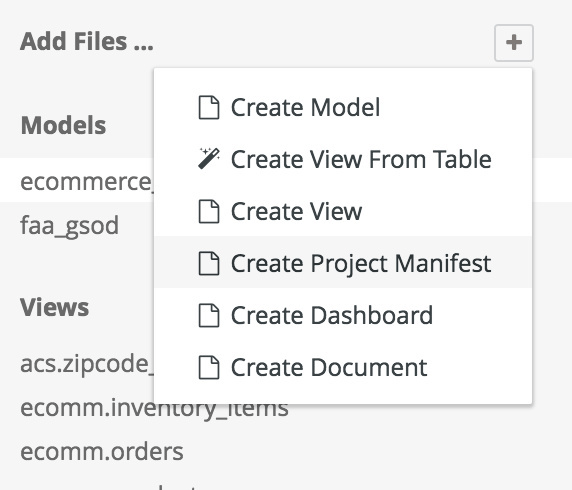
How does Looker work?
Looker may be a tool that uses SQL to get the queries and submit them against the database connection. SQL queries are formulated to support the LookML project that has the precise relationships between the columns and tables within the database. The subsequent steps describe the working of Looker.
Viewing the query: The SQL tab is employed within the data section to see and review what Looker sends to the info base to retrieve the data. The query is often viewed within the SQL Runner, which can be available within the sort of links.
The canonical sort of Looker query: The looker query is often represented during a canonical form by defining the measures, explores, views, dimensions. Filter expressions also can be laid out in Looker.
Running Raw SQL: Looker uses SQL Runner, a singular feature that permits you to run any SQL against the database connections found out in Looker.SQL Runner. It helps in investigating the query as every query generated in Looker may be a complete functional SQL command.
Exploring the URL’s query features: Reading the URL will deliver the five fundamental factors after executing the SQL query. These features contain the model, explore, fields to question and display, sort field and order, filter fields, and values.
Installation of Looker: To perform any operation or functionality in Looker, Looker has got to be installed. The installation process varies supported by the hosting selected. The installation process of customer-hosted Looker is described below:
Differences between Tableau and Looker:
Tableau and Looker are the business intelligence tools that provide their services to rework the info into actionable intelligence which will help make improvised decisions using some business strategies. To optimize company operations efficiently, business intelligence tools combine and enable drive income by making fact-based conclusions.
Tableau:
Tableau may be a business intelligence tool that helps users create reports efficiently and quickly by analyzing large volumes of knowledge.
Looker:
Looker may be a business intelligence software that permits multiple operations in real-time, like exploring, sharing, and analyzing data by the user. Let us have a fast review of the differences between Tableau and Looker.
1. Integration:
Tableau: Tableau can integrate different data sources like SQL databases, Google Analytics, Spreadsheets, CSV, etc. It is also flexible to attach with R to supply full-fledged control to the tools.
Looker: Looker may be a powerful tool that integrates with third-party applications, SQL databases. The third-party applications are often Amazon, Green Plum, Athena, etc.
2. Speed:
Tableau: Tableau is the fast processing tool that permits users to make the specified visualization reports during a jiffy. it’ll enable the reports to be shared in both online and offline modes.
Looker: Looker may be a slow processing tool that takes hours to process the info and reports. The sharing of the stories will take relatively long in comparison with Tableau.
3. Data Modeling:
Tableau: Tableau uses two different models, sort of a snowflake and dimensional models, utilized in data warehouses. These measures support enhancing the
implementation of the queries as they integrate with numerous data sources.
Looker: Looker uses the LookML data model, which may be a replacement for SQL. LookML data model is more powerful, flexible, and reusable in comparison with SQL.
4. Data Visualization:
Tableau: Tableau allows visualization of knowledge that will be created within the sort of dashboards, graphs, and worksheets. Tableau includes automated templates that might enable the users to make dashboards easily with the drag and drop features.
Looker: Looker helps with the creation and configuration of charts and graphs with the drop and drag function. It also includes a mapping feature that permits non-technical users to organize high data visualizations.
5. Security:
Tableau: Tableau delivers security to the information, worksheets, dashboards as and when required. Permissions are going to be given to the precise users to access the reports.
Looker: Looker provides a choice to change the admin panel’s security settings like Google authentication, two-factor authentication, HDAP, and HTML sanitization.
6. Reporting:
Tableau: Tableau is taken into account because the best tool that permits users to make customized reports supported the user and business requirements. it’s the pliability to make, publish the reports and dashboards and reports in multiple output formats supported the requirements.
Looker: Looker only permits users to use common reporting templates. It also contains ad-hoc reporting that allows the installation of custom reports supported user specifications.
7. Pricing:
Tableau: Tableau includes subscription plans for the users. one user can use Tableau for a subscription price of $70.
Looker: Looker also has some group subscription programs. The pricing would vary between $3000 to $5000 per month for ten users.
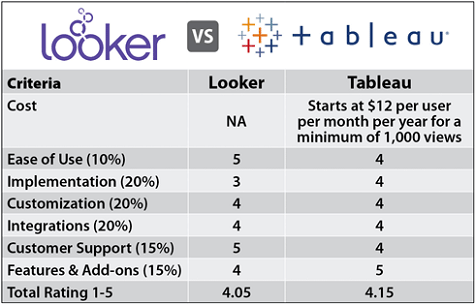
Install Looker:
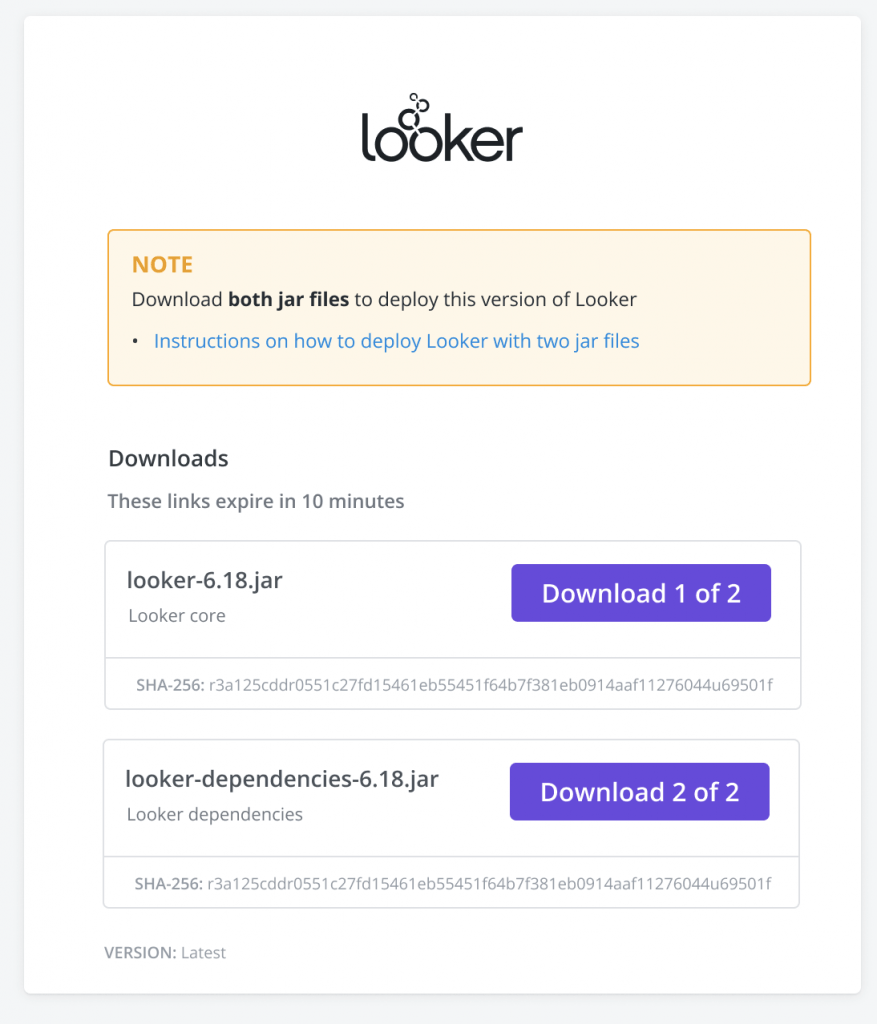
Looker Applications:
Sales analytics
Digital marketing analytics
Web analytics
Looker Installation:
These are the steps you’ll get to follow to put in Looker for a customer-hosted Looker Deployment:
1. Looker Installation
2. Configuring database for Looker
3. Connecting Looker to your database
4. Testing database connections
5. Configuring Looker sign-in option
Looker Alternatives and Competitors:
Top competitors to Looker for analytics and business intelligence platforms are Tableau, Qlik, Sisense, MicroStrategy, PowerBI, etc.
Why is Looker generously reached to business intelligence tools?
The below section reaches top business intelligence tools and explains why Looker stands out. Tableau is optimized for in-memory data sections, which causes managing and management challenges over time. Looker’s agile modeling, centralized layer creates a charged atmosphere for all users to communicate without data extraction.
Power BI vs. Looker
Power BI may be a cloud offering, which may be deployed exclusively on Microsoft’s Azure public cloud environment, which specifies prospective flexibility. Looker’s multi-cloud flexibility overwhelms this challenge by delivering current cloud and on-premise SQL database answers by future-proofing your data process.
Sisense vs. Looker
Sisense’s ElastiCube architecture creates complex deployments as users plan to scale. With Looker’s centralized modeling layer, you’ll define business rules which will be accessed by both users and downstream processes.
MicroStrategy vs. Looker
MicroStrategy’s centralized semantic coating requires talented IT help that drive bottlenecks and limit the activity. LookML centralized, available modeling layer of Looker allows more users to cooperate.
Qlik vs. Looker
Both QlikView and Qlik Sense require data extraction to a proprietary in-memory database. Looker’s centrally controlled modeling layer enables measurements reusability and checks as company leads only got to be resolved once without extracts.
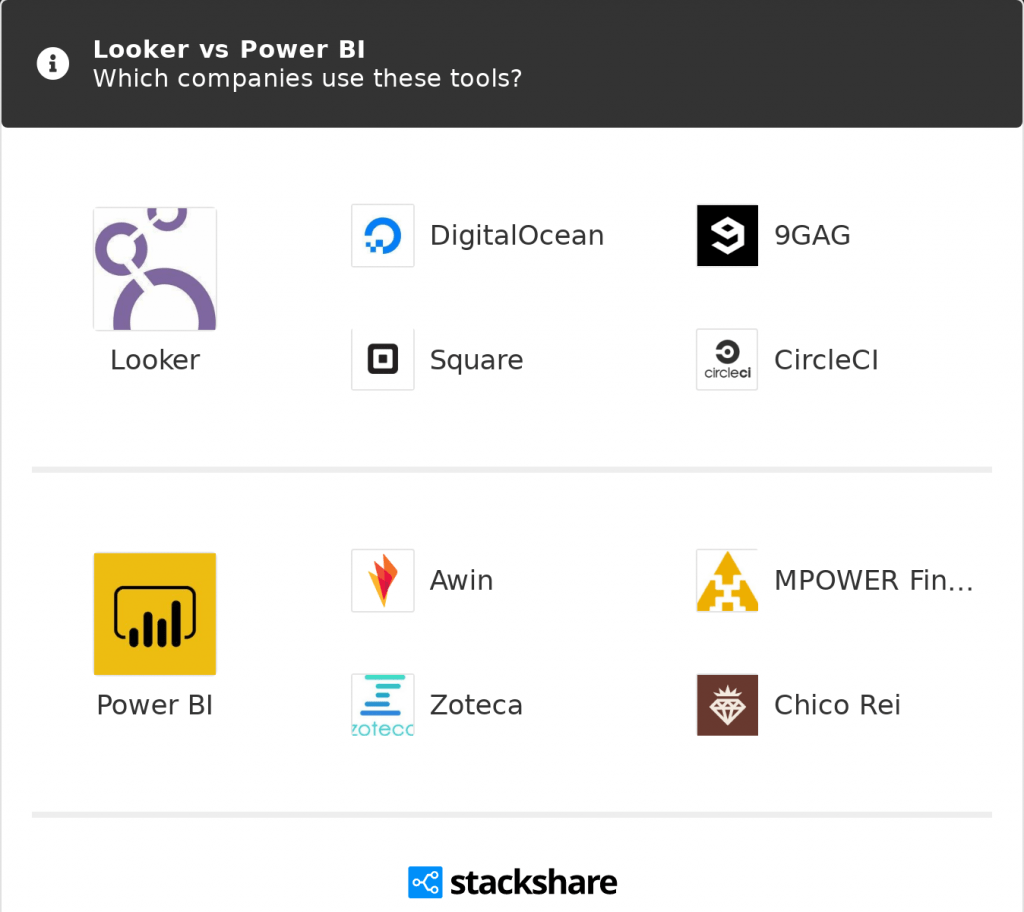
Looker Pricing:
Looker publicly doesn’t release pricing information. Instead, it offers a customized plan that supported the number of users and scale of deployment. Pricing is meant to suit businesses of all sizes. Looker pricing specialists work directly with you to make sure a perfect business pricing structure for your business. Looker pricing starts at $3,000.00 for the whole data platform, consistent with a third-party website.
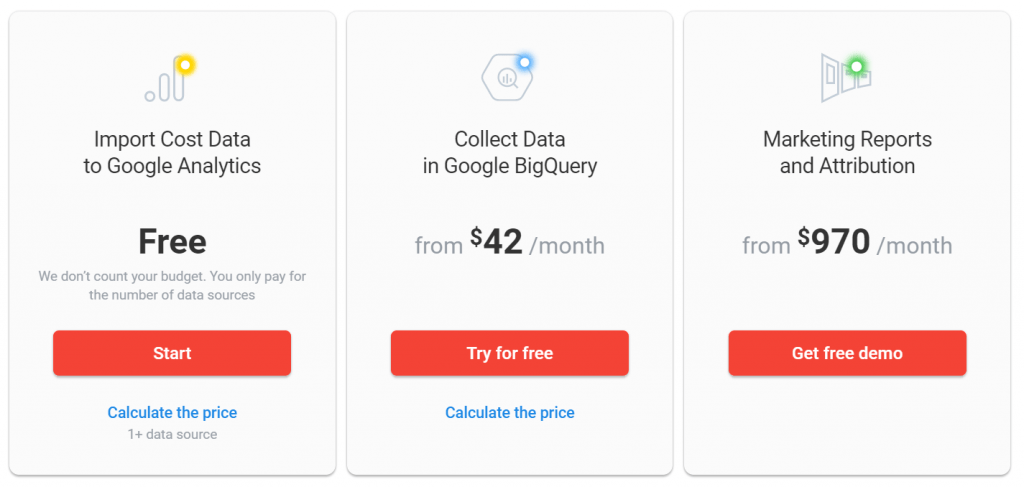
Looker Certification:
A Looker certification may be a valuable industry credential that demonstrates your technical skills. The exams use drive best methods and means to assess whether Looker’s command criteria are met. The following exams are now available:
LookML Developer
This exam covers LookML code development, maintenance, troubleshooting, caching policies, and data modeling best practices. This exam expects that you simply are comfortable with SQL and have a minimum of 3+ months of experience with these skills before you register.
Looker Business Analyst
With this exam, you’ll study report development in Looker, visualization of knowledge, and best practices of the dashboard. it’s recommended to possess 5+ months of experience with these skills to clear this exam.
Why should I buy Looker certified?
By becoming Looker certified, you will:
What are the prerequisites for the Looker Certification exams?
While we highly recommend Looker training and on-the-job experience, there are not any prerequisites for taking Looker certification exams. Please review the exam details for the exam you would like to require for more information about the exam covers and therefore the suggested training.
Conclusion:
Looker may be a tool to observe out for the features and therefore the robustness that it provides. I hope that you simply now have a quick idea about Looker and its objective. With this, we’ve come to the top of this blog. I hope you’ve got enjoyed reading it. If you’ve got any queries associated with this blog, you’ll write them within the comments box below. we’ll be quite happy to resolve them. many thanks and Happy Learning!
